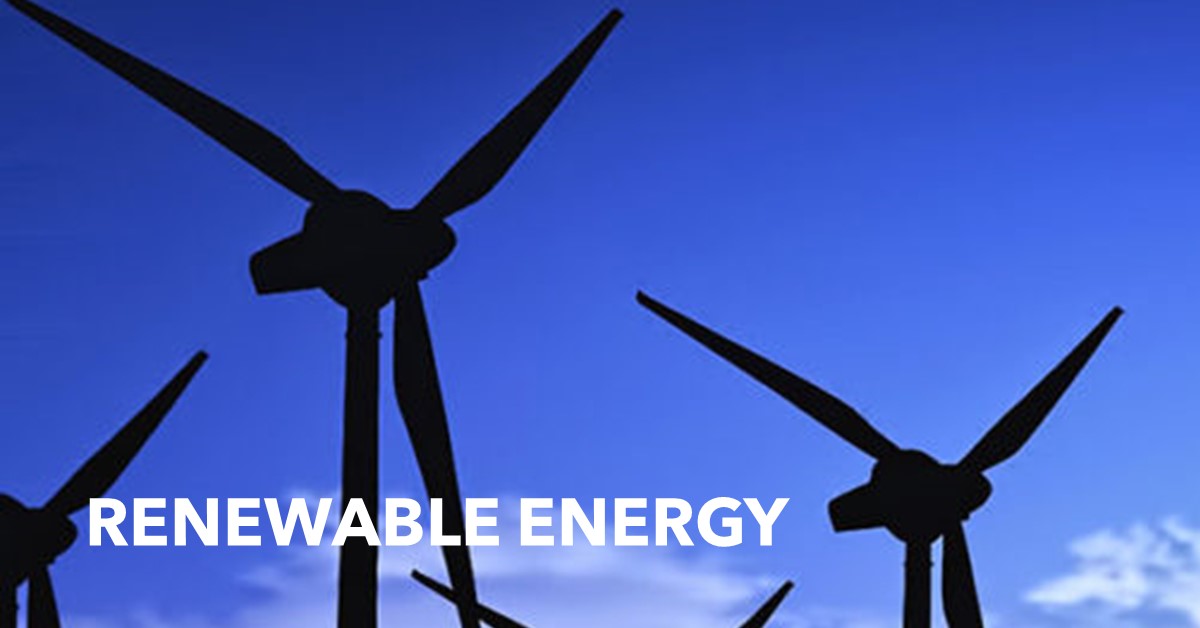How Low Can PJM Capacity Prices Go? | Overview of the PJM BRA 2022/23 Results | Forecast for PJM BRA 2024/25 | Capacity Watch Blog
Our Q2 Capacity Watch™ provides clients with an in-depth outlook on PJM, ISO-New England, and NYISO Capacity prices. In this blog, we will highlight a portion of the analysis in the PJM section of the recently published Q2 Capacity Watch™.
PJM’s recent release of the 2022/23 Base Residual Auction clearing prices surprised many market participants with prices well below expectations. Prices in each LDA cleared significantly lower than historical auctions, and in particular, the 2021/22 BRA.
Multiple investor and power generator owner clients have thanked us for getting the Capacity Auction dynamics and direction right, and several customers reached out to tell us that we were the most accurate PJM BRA Forecast they had seen. ESAI Power’s analyst team appreciates the feedback and we’re glad that we gave clients the guidance and advice needed to navigate a challenging BRA result.
Post PJM BRA Auction analysis summary is that several factors lead to the drop in prices between auctions.
- A lower peak load forecast
- A drop in the minimum required reserve margin
- A leftward shift in the VRR demand curve
- A change in the composition of resources offered
The total amount of capacity resources was almost unchanged between the auctions, however the amount coming from coal and oil dropped substantially and was replaced by natural gas and renewables.
The highly anticipated new MOPR rules were inaugurated in the 2022/23 BRA. Despite the fact that MOPR was not expected to have a significant impact on the results of this auction because it was applied to a relatively limited set of resources, there were resources affected by the rule in this auction. A variety of fuel types, including renewable capacity, did not clear the auction as a result of the MOPR floors. Historically, renewable resources were not subject to the MOPR and almost all of the wind and solar resources offered in the BRAs have cleared. The recent updates to the MOPR rules left renewable capacity unsold in the 2022/23 Base Residual Auction, however, another set of MOPR reforms is underway and will likely negate this in future auctions.
With the 2024/25 PJM BRA approaching, ESAI Power is currently forecasting that clearing prices will be very similar due to insignificant changes in supply or demand. In the long-term, BRA prices should increase as the surplus of available capacity is reduced, but the trajectory of prices will be determined by several uncertain factors. Long-term price escalation will be determined by the extent of retirements, the pace of renewable supply additions, and the outcome of several regulatory proceedings such as ELCC approach, MOPR Reforms, and updates to the MSOC.
For more information about our Capacity Forecasts, see our Capacity Market Coverage.
Learn About Renewable Energy
ESAI Power evaluates the renewable energy issues, markets and trends in the PJM, New York, and New England market footprints. Coverage includes solar, onshore and offshore wind, hydroelectric, and storage. For each region, ESAI Power details the regulatory and market factors that impact the supply and demand balance for Class I Renewable Energy Credits (RECs) and projects the supply and demand balance of Class I RECs through 2030.
Learn About Capacity Watch Quarterly
Capacity WatchTM – Provides quarterly analysis of capacity markets and policy issues that impact capacity price outcomes over a 10-year forecast horizon. Also provided is an evaluation of the outlook for the construction of each generation project in PJM, New York, and New England. Every project is assigned a “probability of completion” factor in percentage terms which is then applied to develop a forward assessment of likely capacity additions within a particular pool. The impacts of new generation and retirements on reserve margin surpluses and forward capacity market values is updated and presented in each issue. ESAI’s project database (Project Evaluation ProgramTM) is updated and presented with each issue.
Learn About Energy Watch Quarterly
Energy Watch QuarterlyTM provides a quarterly analysis of market and policy issues affecting energy pricing dynamics over the next 10-year period for both the power and natural gas sectors. This analysis includes forecasts of pool-wide and zonal energy prices in New England, New York, and PJM, including forecasts of fuel inputs. Supporting assumptions are provided in each quarterly report.






